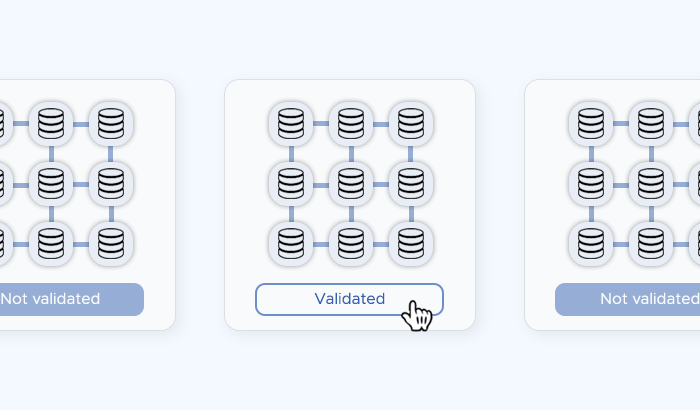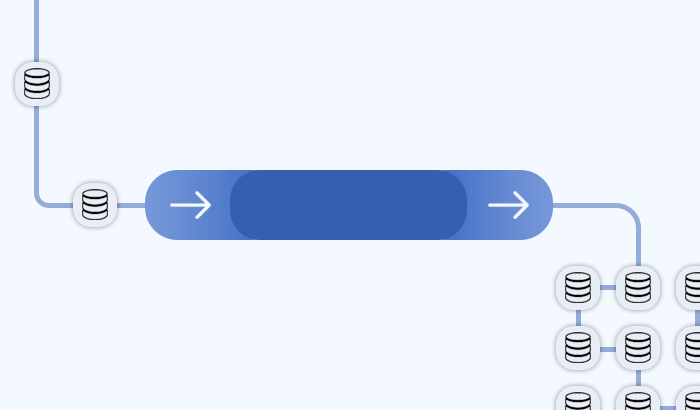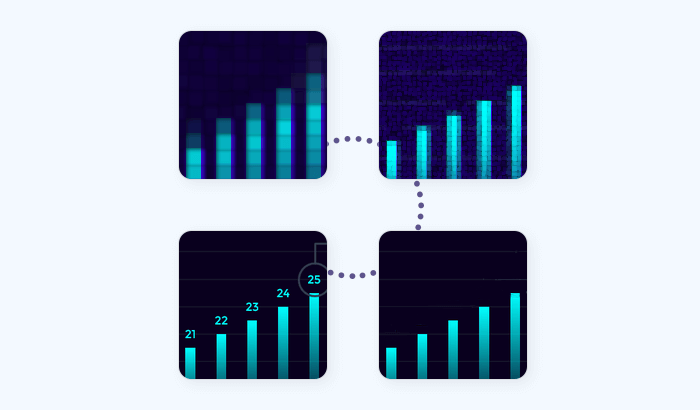

With clean, structured, and tailored data in hand, organizations are better equipped to act with confidence – whether they’re setting prices, forecasting demand, or training models. And in a data-driven world, that can mean the difference between leading the market and lagging behind. How do you achieve clean data, though? In this article, we’ll take a closer look at data transformation – a special pipeline that makes collected data actionable.
What is Data Transformation?
At its core, data transformation is the process of converting data from one format, structure, or value range into another – making it more suitable for analysis, integration, or storage. It's a critical step in the data pipeline, especially for organizations that rely on diverse and dynamic sources of information.
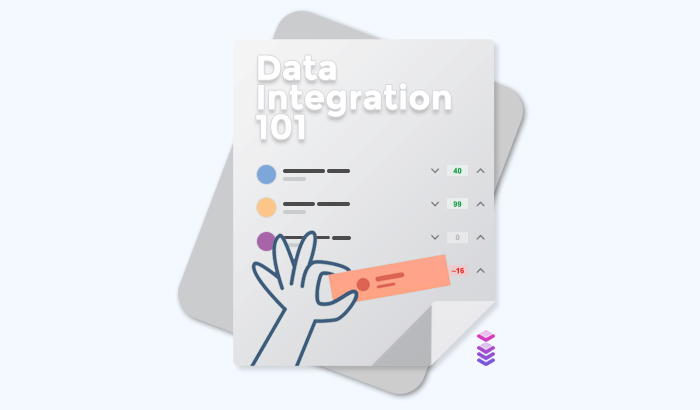
Raw data, whether collected internally or sourced from the web, rarely arrives in a clean, ready-to-use form. It may be inconsistent, incomplete, or formatted in ways that hinder analysis. Data transformation steps in to address these issues by restructuring and refining the data – standardizing formats, correcting errors, filling in gaps, and aligning values with business logic or analytical requirements.
This process goes beyond simple cleaning. It may involve converting numeric codes into meaningful labels, merging data from multiple sources into a unified schema, or even deriving new variables based on existing ones. For example, transforming timestamps into day-of-week labels, or aggregating individual transactions into daily revenue metrics.
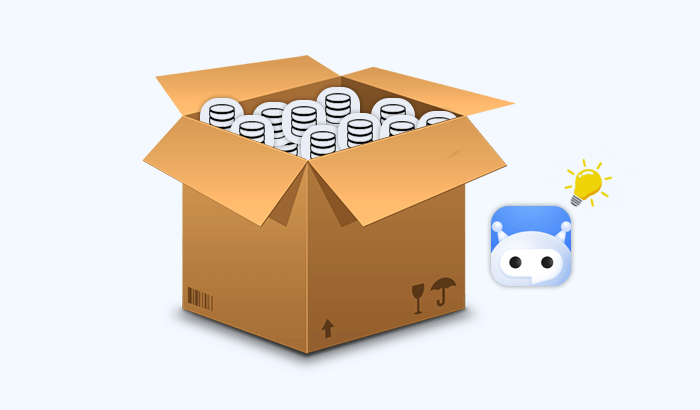
The need for transformation grows especially apparent when integrating external data into business systems. For instance, web data collected from various online platforms – like travel portals, retail websites, or social media – often differs widely in structure and terminology. Turning this raw input into reliable, actionable insights requires a transformation process that bridges those inconsistencies and delivers harmonized outputs.
Whether used in marketing analytics, competitive intelligence, or product development, data transformation serves as the foundation for accurate insights and informed decisions. It’s what turns chaotic, unstructured data into a strategic asset.
Challenges in Data Transformation
While data transformation is essential to unlocking the value of information, it’s rarely straightforward. Many organizations find themselves grappling with fragmented, inconsistent, or incomplete data – problems that can severely delay or distort the insights they’re trying to uncover.
Format Diversity
One of the most common challenges is the sheer variety of data formats and structures. Companies often work with data pulled from different systems, each with its own conventions and schemas. Merging this information into a unified format that supports analysis requires careful mapping, cleansing, and sometimes even manual intervention – especially when the incoming data lacks clear structure or documentation.
Data Quality
Data quality is another persistent issue. Inaccurate or outdated entries, missing values, and duplicate records can all undermine the reliability of transformed data. Without a robust validation process, these flaws often slip through and impact downstream decisions.
Scaling
Then there’s the challenge of scale. As data volumes grow, so does the complexity of managing transformation workflows. Manual processes that once worked for small datasets become unmanageable when dealing with millions of rows or real-time data streams. Automation becomes necessary, but building and maintaining automated pipelines requires technical resources that not every team has on hand.
These issues are magnified when dealing with external data – particularly data collected from websites, marketplaces, and other dynamic sources. Such data often arrives in unstructured or semi-structured forms, and can vary significantly depending on geography, platform, or even time of day.
Types of Data Transformation
Data transformation isn’t a single, uniform process – it encompasses a variety of methods depending on the nature of the data and the goals of the analysis. Understanding these different types of transformation helps organizations choose the right approach for preparing data that’s both accurate and actionable.
Structural Transformation
One of the most fundamental forms is structural transformation, where the shape or layout of the data is modified. This might involve converting rows into columns (or vice versa), flattening nested data like JSON into tables, or aligning disparate schemas when combining multiple data sources. These transformations are often necessary when integrating data from external platforms, such as online marketplaces or booking sites, which may present the same information in vastly different formats.
Syntactic Transformation
Next is syntactic transformation, which focuses on standardizing data entries to ensure consistency. Examples include reformatting dates to a common structure, adjusting capitalization, or harmonizing currency symbols. Even small inconsistencies – like mixing "USA" with "U.S." or using different decimal separators – can cause serious issues in analytics or reporting. This type of transformation helps ensure that data can be processed and compared reliably across systems.
Semantic Transformation
A more complex category is semantic transformation, which involves giving data contextual meaning. Here, raw inputs are interpreted and converted into more useful values. For instance, turning a user’s IP address into a geographic location, or categorizing product descriptions into standardized taxonomy groups. This stage is crucial for extracting insights from messy or loosely structured datasets – especially those sourced from the web.
How Data Scraping Supports Data Transformation
Data transformation can only be as effective as the data it begins with. No matter how advanced the transformation tools or processes are, starting with poor-quality data will almost always lead to unreliable outcomes. That’s why data scraping – particularly when done at scale and with precision – has become a critical step in the modern data pipeline.
Web scraping allows organizations to collect data directly from online sources, capturing up-to-date information that often isn’t available through traditional channels. Whether it's product listings, hotel pricing, social signals, or market news, scraping offers a flexible way to acquire the raw data needed for transformation and analysis.
But scraping does more than just gather information – it also helps shape that data into a usable form. A well-built scraping solution can extract relevant fields, apply initial formatting, and even filter out noise before the data reaches the transformation stage. This reduces the workload on internal teams and minimizes the need for extensive cleaning later on.
For example, instead of receiving a messy HTML page full of irrelevant elements, businesses using a service like Infatica’s web scraper can receive structured datasets tailored to their needs – organized by product name, location, price, rating, and more. That means transformation efforts can begin at a much more advanced stage, focusing on analytics-ready tasks like normalization, enrichment, or aggregation.
Scraping is especially valuable in use cases where data changes frequently or varies by region. Consider a travel platform trying to track hotel rates across different countries. With Infatica’s geo-targeted scraping capabilities, companies can collect localized pricing data and feed it directly into transformation workflows. This allows them to compare rates, monitor fluctuations, and even predict pricing trends with far greater accuracy.

In more complex scenarios, Infatica’s custom scraping services provide fully managed solutions tailored to specific data transformation objectives. Whether it's adapting to shifting page structures, collecting across multiple domains, or preparing data for machine learning models, a custom approach ensures that the data supports – not slows down – the transformation process.
By integrating data scraping with transformation strategies, companies gain a streamlined, scalable path from raw input to actionable insight. Instead of treating scraping and transformation as two separate steps, combining them allows for a more agile and efficient data workflow – one that begins with better inputs and ends with more powerful results.
Best Practices for Data Transformation
Executing effective data transformation requires more than just the right tools – it demands a thoughtful, well-structured approach. As organizations increasingly rely on external and web-sourced data to drive business decisions, adopting best practices ensures the transformation process delivers clean, consistent, and actionable results.
Start With Reliable, Well-Structured Data
One of the most impactful ways to streamline transformation is to begin with data that’s already in a usable state. This means sourcing data from providers that prioritize structure and consistency – whether that’s through internal systems or web scraping services like Infatica’s. By collecting data that’s clean from the outset, businesses can dramatically reduce the amount of time spent on cleaning and reformatting.
Define Transformation Goals Early
Before applying any changes, it’s important to be clear about what the end result should look like. Are you harmonizing data for reporting? Preparing it for integration into a machine learning model? Normalizing it across geographies? Clearly defining these goals helps guide decisions about formatting, granularity, and enrichment.
Automate Repeatable Processes
Manual transformation can work for small datasets or one-off projects – but it doesn’t scale. For recurring workflows, automation is essential. Tools that can repeatedly clean, format, and structure data help maintain consistency over time and reduce human error. This is particularly useful when paired with automated data collection via Infatica’s web scraper, ensuring a continuous flow of fresh, pre-formatted data.
Ensure Transparency And Traceability
As data moves through transformation pipelines, changes should be logged and reversible. Maintaining clear documentation of what was changed, and why, not only supports audits and compliance, but also makes it easier to troubleshoot or revisit earlier stages of the process.
Validate Transformed Data Against Business Logic
A transformation isn’t successful just because it runs without errors – it must also produce meaningful, accurate outputs. Validation checks should confirm that transformed values align with business rules, fall within expected ranges, and retain the integrity of the original data.
Scale With Purpose
As transformation needs grow, so does the complexity of managing data from multiple sources, formats, and geographies. That’s why scalable solutions – both for scraping and transformation – are critical. Infatica’s infrastructure is designed to support large-scale data acquisition across regions and platforms, making it easier for businesses to grow without outgrowing their data workflows.
Real-World Applications of Data Transformation
Data transformation isn’t just a technical necessity – it’s a business enabler. Across industries, companies rely on transformed data to uncover insights, automate decisions, and respond to market trends with speed and precision. When combined with high-quality data collection methods like web scraping, the impact can be immediate and measurable.
Travel Industry
Travel and hospitality companies, for instance, regularly transform scraped hotel pricing, availability, and review data to monitor competitors and adjust their own pricing strategies in real time. Using geo-targeted scraping solutions from Infatica, these businesses can collect region-specific data from travel platforms and OTAs (online travel agencies), then normalize and analyze it to detect patterns in seasonal demand, dynamic pricing, and consumer sentiment.
E-commerce
In e-commerce, transformation plays a critical role in product intelligence. Brands and retailers scrape competitor websites to track pricing, stock levels, and product descriptions. But raw HTML or loosely structured listings aren't useful on their own. They need to be transformed into structured datasets – grouped by SKU, currency, or category – before they can power pricing algorithms, inventory planning, or promotional analysis.
Finance
Financial services rely heavily on transformed data for decision-making. From market sentiment scraped from financial news sites to peer analysis based on public filings, raw data must be transformed into standardized financial models and key indicators. In this context, the quality and consistency of input data is paramount – underscoring the value of a managed data collection solution that ensures accuracy from the start.
Data Science and ML
In the realm of data science and machine learning, transformed data is the fuel that powers models. Training algorithms on messy or inconsistent data yields poor predictions. Teams often use scraped datasets – such as user behavior from marketplaces or reviews from app stores – as training inputs. But before those can be used, they must be transformed into numerical features, cleaned of noise, and structured into formats compatible with ML frameworks.
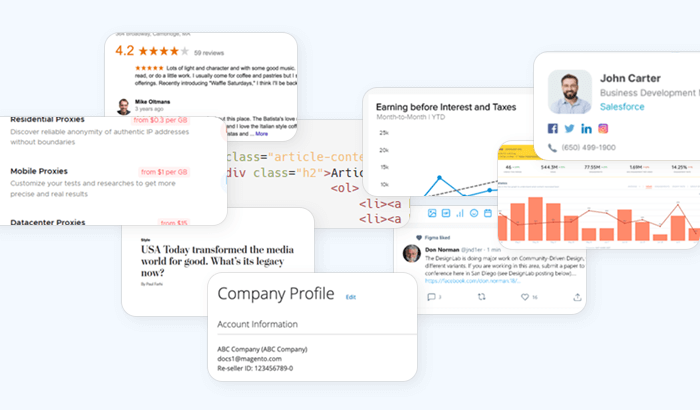
Conclusion
These real-world use cases demonstrate a common thread: the transformation process is only as strong as the data that feeds it. That’s why companies turn to providers like Infatica – not just for data scraping, but for the full pipeline that supports analysis, automation, and innovation.









